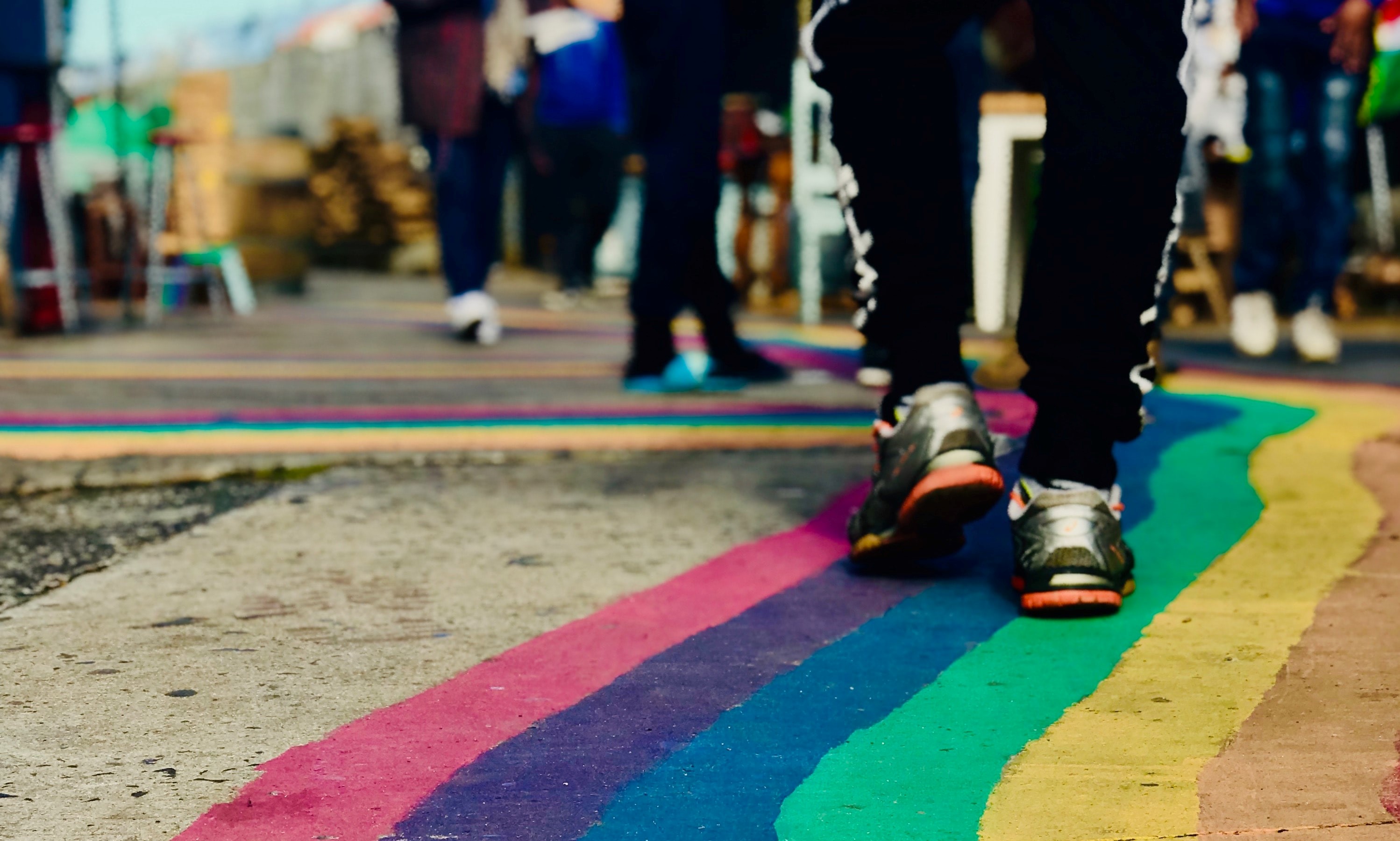Why the future of African cities should be walkable

African cities are walking cities – but they are not walkable yet!
In cities like Addis Ababa, Kisumu, Dire Dawa, Kampala, Mombasa, Nairobi or Dar es Salaam between 40-60% of all trips are done on foot. A large part of the remaining trips (10-45%) are covered by (informal) public transport while individual motorization is comparatively low. This means that walking alone has similarly high shares as walking and cycling combined in cities like Copenhagen (21% walking and 28% cycling) or Amsterdam (23% walking and 35% cycling) that are referred to as pioneers of active mobility. Walking is not only healthy and emission free but also socially inclusive and requires only minimum resources. While some car-centric cities are thus working hard to support more active and sustainable mobility choices and to become walkable cities (e.g. Berlin aims for 30% pedestrian trips by 2030), it seems like African cities are already there!
However, this “ideal modal split” is not the reflection of green and liveable cities in Africa. In fact, walkability – a measure of how friendly an area is to walking – is probably not a term that pedestrians would use in many African cities. In the absence of adequate infrastructure for walking and cycling (e.g. in Addis Ababa 63% of roads lack any pavements or sidewalks) and an urban infrastructure focused on vehicle movement, walking is a risky endeavour in most of urban Africa. Despite Africa being the least motorised continent, it has the highest rate of traffic fatalities. On average, 650 people die on African roads every day and 39% of those are pedestrians. Under these circumstances, walking is currently rather a necessity for a majority of urban dwellers that can not afford individual motorised transport or don’t have access to the (informal) public transport network.
Walking – leapfrog towards a sustainable urban future!
Cities that aim to reduce congestion, air pollution and greenhouse gas emissions while at the same time increasing road safety, are well advised to consider the needs of pedestrians as walking is a crucial mode for reaching these ambitions.
In the light of currently un-walkable environments and increasing economic development, growing individual motorisation is a huge threat to the liveability and sustainability of urban Africa. So, the challenge in African cities will be to keep people walking even if they can afford to travel differently. So what can cities do?
Firstly, developing a robust understanding of the current situation is key to identifying appropriate solutions. In the case of walkability this includes an assessment of the current infrastructure situation (supply) as well as the demand side (who walks, how long, why, how many pedestrians,...). The walkability tool, developed by Walk21, can be a good start in this phase of diagnosis.
Secondly, creating walkable urban environments will require shifting investment priorities towards non-motorised transport infrastructure to make walking safer, more comfortable, and attractive.
It can further be supported by forward-looking urban planning that considers the human scale to create walkable environments and that ensures mixed land uses, density, and accessibility to public transport to avoid lengthy distances that are not suitable for walking. Under the frame of “walkable cities” or “15min cities”, cities around the world are already exploring such new approaches towards sustainable urban planning.
Walkable urban development is a business case!
Investments in walking (and cycling) infrastructure are often not considered economically viable as opposed to investments in road infrastructure. This does not only ignore the negative effects and related costs of increased motorised transport but also the economical benefits of walking. Investments into walkable urban infrastructure are considerably cheaper. At the same time, benefits such as the reduction of air pollution or road fatalities have direct effects on public health expenditures and create considerable savings for municipalities. For instance, road accident-related costs amount to 3% of the GDP in the African region. In addition, walking saves valuable urban space that is consumed for roads and parking spaces in cities with high shares of individual motorised transport.
The journey towards walkable cities has already begun!
The good news is that pioneer cities on the African continent have already started to make their urban environment more walkable. It is being considered in Sustainable Urban Mobility Plans that are prepared for cities like Dodoma, Dakar, Douala, Kumasi, Maputo, Kisumu and Dire Dawa. Addis Ababa developed a non-motorised transport strategy to keep up the high share of walking and cycling. Stakeholders that want to work on the topic in the region can also join the Africa Network for Walking and Cycling that was founded in March 2021.
For African urban planners that are eager to support walking and cycling through an appropriate urban form and street design, UN-Habitat and the ITDP jointly published “Streets for walking & cycling. Designing for safety, accessibility, and comfort in African cities”. The guideline summarises best practices and provides detailed instructions on the design of footpaths, crossings, cycle tracks and intersections as well as on the overall street network and land use planning.
Information in this article is based on the work of ITDP, UNEP, UN-Habitat & the Worldbank as presented during the ITDP conference “The Business Case of Walking and Cycling in Africa” in May 2021 as well as on the following additional references:
Okyere et al. (2021): People living in African urban settings do a lot of walking - But their cities aren’t walkable. The Conversation: https://theconversation.com/people-living-in-african-urban-settings-do-a-lot-of-walking-but-their-cities-arent-walkable-156895 (15-09-2021).
SSTAP (2021): Road Safety: www.ssatp.org/topics/road-safety (15-09.2021).
Thisbigcity (2011): African Cities are Walking Cities, but are they Walkable? https://thisbigcity.net/african-cities-are-walking-cities-but-are-they-walkable/ (15-09-2021).
The World Bank (2014): Tackling the Road Safety Crisis in Africa. www.worldbank.org/en/news/feature/2014/06/06/tackling-the-road-safety-crisis-in-africa?cid=EXT_WBEmailShare_EXT (15-09-2021).
UNEP (2020): In Africa, UNEP supports push for safer roads. www.unep.org/news-and-stories/story/africa-unep-supports-push-safer-roads (15-09-2021).